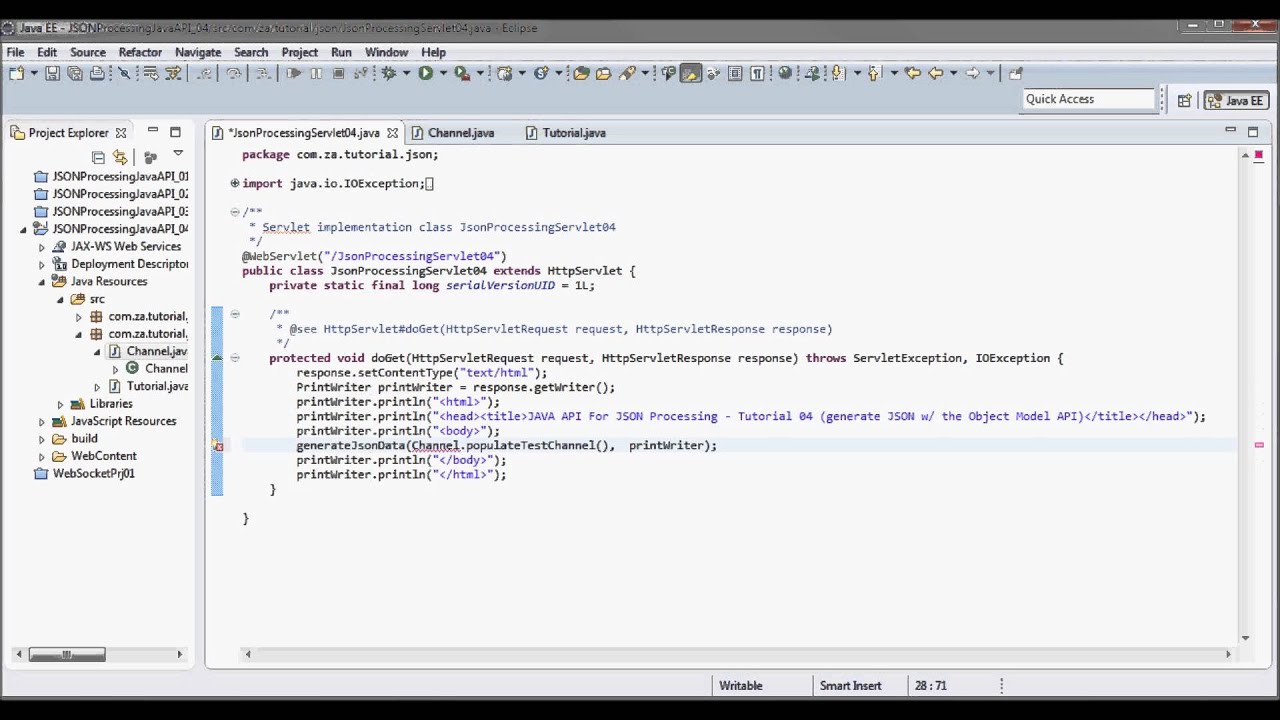

IT manages the versions of Java and web browsers installed on these computers. Click Java (32-bit) in the Control Panel list, it has an icon of a coffee cup with steam.ĭO NOT update, disable or uninstall Java on any classroom, computer center or lab computers.If needed, change the view by selecting Small Icons from the View By: drop-down list. In the upper right corner, make sure that View By: is set to Small Icons.Go to the Windows Start Button and select Control Panel.You do not want to install the Ask Toolbar, only the Java update.

Make sure to uncheck the box for installing the Ask Toolbar.

Then, you can use the aliases to switch between different Java versions: $ java8 bash_profile for the aliases to take effect: $ source ~/.bash_profile In this case, we want to be able to switch between Java8 and Java11: export JAVA_8_HOME=$(/usr/libexec/java_home -v1.8)Įxport JAVA_11_HOME=$(/usr/libexec/java_home -v11)Īlias java8='export JAVA_HOME=$JAVA_8_HOME'Īlias java11='export JAVA_HOME=$JAVA_11_HOME' If you want to switch between different versions of Java, you need to add the following to your. Switch Between Different Versions of Java To install previous or specific versions of JDKs, you can get them from AdoptOpenJDK: $ brew tap adoptopenjdk/openjdk Install Specific Versions of Java (Java8, Java11, Java13) To install the latest version of Java, all you need to do is: $ brew cask install java Install Latest Version of Java Using Brew Next, install Homebrew Cask $ brew tap homebrew/cask-versions If not, you can install it via: $ ruby -e "$(curl -fsSL )"

Pre-requisitesīefore we start, make sure you have Homebrew installed on your Mac. In this article we show how to install Java on Mac using Homebrew, and how to allow to switch between different versions such as Java8, Java11, Java13 and latest Java version. You can have multiple versions of Java on your Mac.


 0 kommentar(er)
0 kommentar(er)
